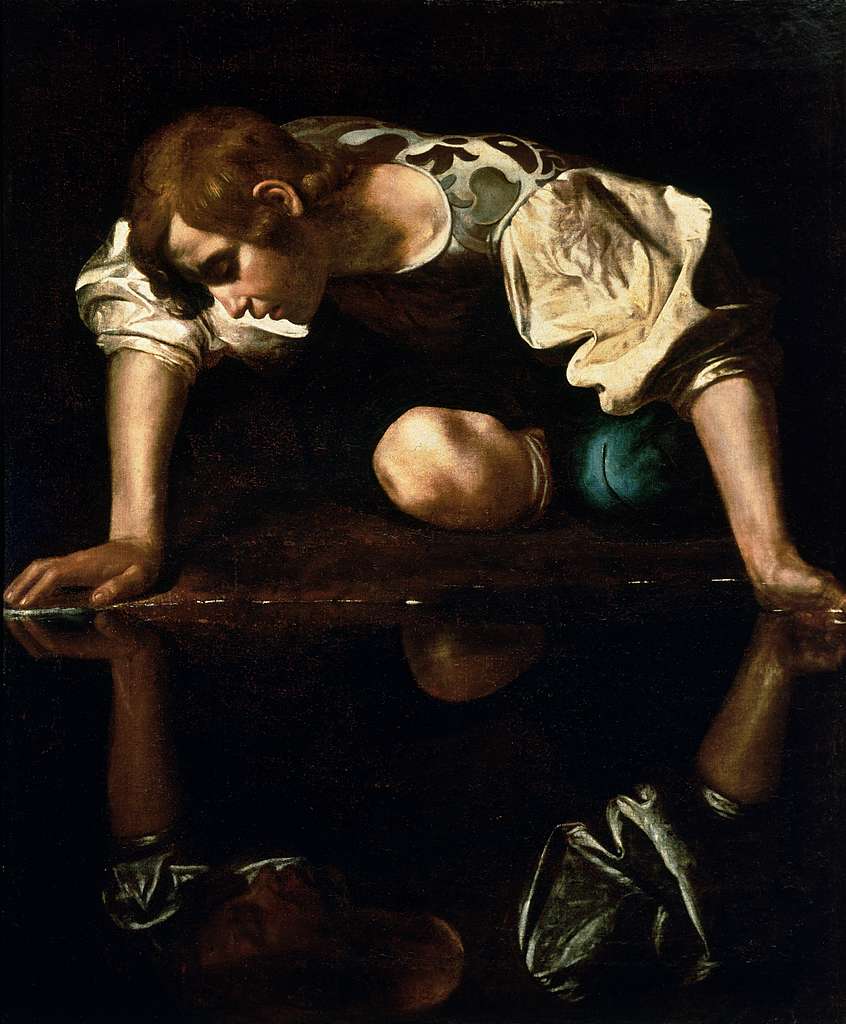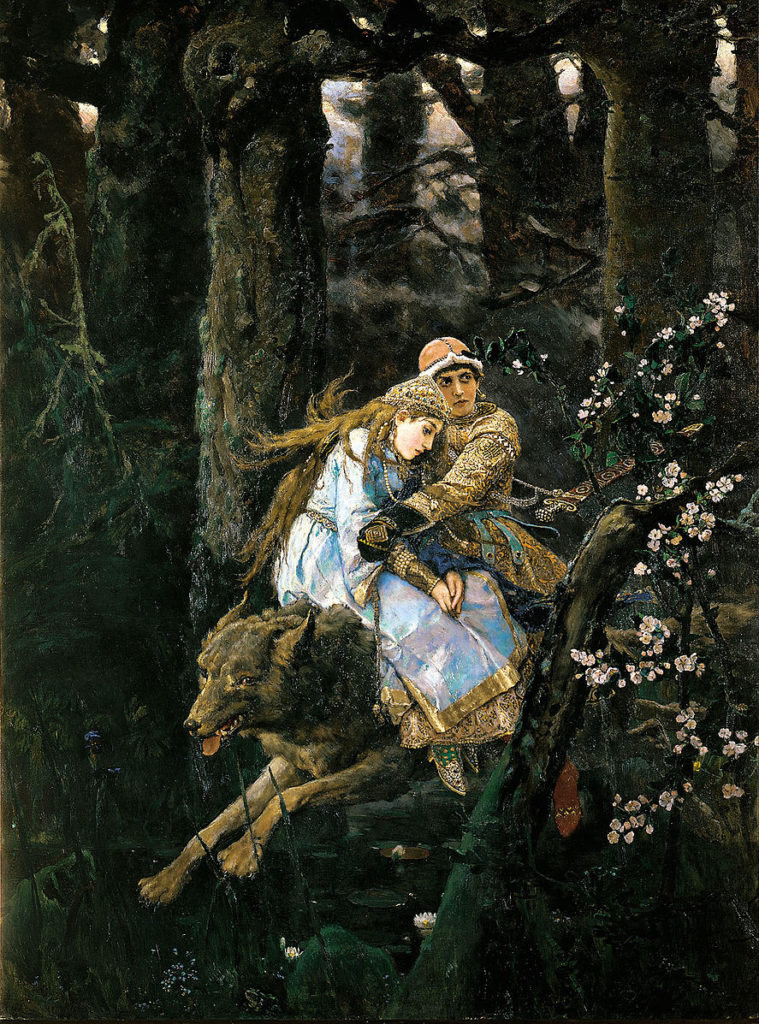
Greek mythology came to life on canvas through numerous vibrant artworks, many of which have transcended into world-famous masterpieces of paining.
Throughout history, mythological subjects have fascinated the minds of people who continue to admire ancient legends captured by painters on canvas.
Greek Mythology References in Art
From the most to least famous, these are ten great paintings dedicated to ancient Greek myths or containing references to them.
1. The Birth of Venus
Sandro Botticelli, the great Italian painter of the early Renaissance, introduced a mythological chapter in the history of European painting. He became the first, after the ancient Greeks and Romans themselves, to portray the heroes of legends.
One of his most recognizable works is The Birth of Venus, who is well-known as Aphrodite in Greek mythology. The artwork depicts the birth of the goddess of love and beauty. On the left side of the painting, the god of the wind Zephyr is depicted with his beloved. As for the right side of the artwork, one of the graces meets the goddess born on the shore.
According to legend, after the birth, Venus was taken to Olympus, where she was greeted by the rest of the gods.
2. Bacchus and Ariadne
After Botticelli, many Renaissance artists continued to develop the theme of ancient myths. One of the most fruitful of these was the great Italian painter Titian.
In the painting Bacchus and Ariadne, he depicted the first meeting of the daughter of the Cretan King Minos and the god of winemaking and beloved son of Zeus. Bacchus is followed by a merry retinue because, according to legends, he made people feel the joy of life when he passed them by.
A distinct characteristic of Titian which is shown on this canvas is a realistic portrayal of the landscape, serving as a backdrop to the characters.
3. Narcissus

Caravaggio, another prominent Italian artist, stands as an undeniable figure of the Baroque movement. He learned his craft under fresco painters, assisting them in paint mixing. His works often draw upon figures from the myths of ancient Greece.
In this piece, he portrays a youthful figure, elegantly attired, embracing the water’s surface while gazing at his reflection. In the realm of mythology, Narcissus signifies not just beauty but also pride and narcissism.
4. Perseus and Andromeda, by Peter Paul Rubens
The golden age of mythological paintings was in the 16th and 17th centuries, when such subjects decisively became popular.
In the painting Perseus and Andromeda, Peter Paul Rubens depicted the birth of feelings between the daughter of the Aethiopian king Cepheus and Cassiopeia and the great Greek hero and son of Zeus. According to legend, Perseus saved Andromeda, who was chained to a rock, from the monster to whom she was supposed to be sacrificed.
5. Perseus and Andromeda, by Anton Raphael Mengs
Another painting dedicated to this Greek myth but created in a different era belongs to Anton Raphael Mengs. The largest German representative of neoclassicism of the 18th century often turned to ancient heritage and used ancient reliefs as a model for the figure of Andromeda.
The painting boasts an intriguing history. Originally crafted in Italy and destined for an English patron, it encountered a twist of fate when pirates intercepted the ship. The artwork was subsequently acquired by the French Minister of the Navy and eventually found its way into the collection of the Russian Empress Catherine II. Today, it is housed in the Hermitage Museum.
6. Pygmalion and Galatea
Pygmalion and Galatea is a painting by French artist Jean-Leon Gerome. The artist turned to the classic Greek myth of Pygmalion, an ivory carver and a sculpture girl created by him, which, at his request, was revived by the goddess Aphrodite.
Before starting work on this canvas, Jerome sculpted from plaster and carved several compositions with this plot from marble. He continued to return to these themes through various interpretations in painting and sculpture.
7. Ulysses and the Sirens

Another painting related to Greek mythology was created by John William Waterhouse. It was based on Homer’s Odyssey.
The artwork depicts a scene where Odysseus’ ship navigates past the Sirens‘ island. Cautious of the danger it poses, the King of Ithaca has his crew plug their ears with wax to resist the allure of the sirens’ enchanting song. At the same time, he has himself tied to the mast, ensuring he will resist even the most irresistible melodies that might lure him to the sea.
However, the artist encounters criticism for his liberal interpretation of the classical narrative. Waterhouse was accused of portraying the sirens more like harpies poised to attack their victims rather than the enchanting creatures who lured sailors with their mesmerizing melodies.
8. Leda Atomica
Salvador Dali’s fascination with the nature of matter emerged after the 1945 atomic bomb explosion. The realization that atomic particles don’t make physical contact deeply intrigued him. This concept heavily influenced his work Leda Atomica in which the absence of touch became a fundamental element.
In this Greek myth, Leda was wed to Spartan King Tyndareus. Captivated by her beauty, Zeus transformed into a swan to be with her. This led to the birth of twin heroes, Castor and Pollux, as well as the famed Helen of Troy.
The prototype of the Spartan queen on this canvas was Gala, the muse and wife of the great artist.
9. The Fall of Icarus
The Fall of Icarus
🔸 Marc Chagall pic.twitter.com/CH6FIDUVW4— katy moukakou (@princessekateri) August 27, 2021
Marc Chagall was a Russian-French painter and one of the most famous representatives of 20th century artistic avant-garde. A feature of Chagall’s style was the use of broken shapes with soft edges and an abundance of bright but muted colors.
In his painting completed in the style of Surrealism, he captured the legend of the freedom-loving Icarus, who soared to the sky on artificial wings and fell into the sea, burned by the sun.
10. Ivan Tsarevich Riding the Grey Wolf

The painting is an illustration of the famous Russian fairy tale “Ivan Tsarevich and the Grey Wolf” and also surprisingly contains references to ancient Greek mythology.
Russian artist Viktor Vasnetsov, who specialized in mythological and historical subjects, created this painting while working in Kyiv.
This artwork depicts Elena the Beautiful, the Russian version of Aphrodite, who is considered the standard of beauty and harmony. The male figure represents Ivan Tsarevich, an analogue of Perseus or Hercules in Russian folklore, performing heroic feats.
See all the latest news from Greece and the world at Greekreporter.com. Contact our newsroom to report an update or send your story, photos and videos. Follow GR on Google News and subscribe here to our daily email!



